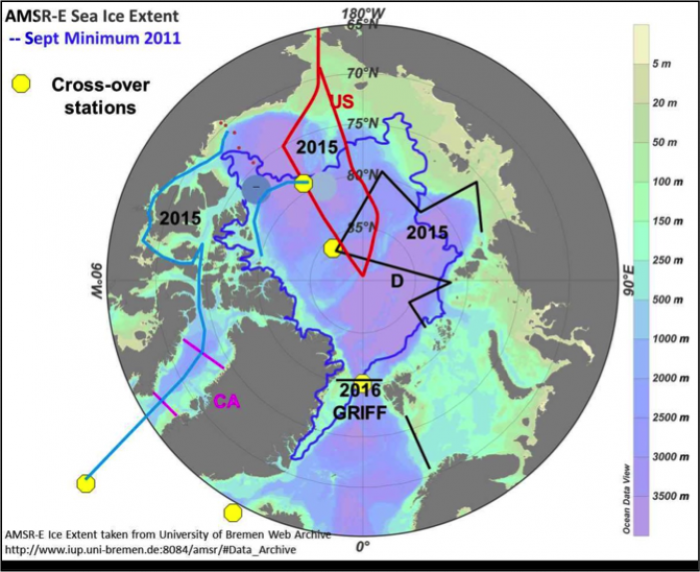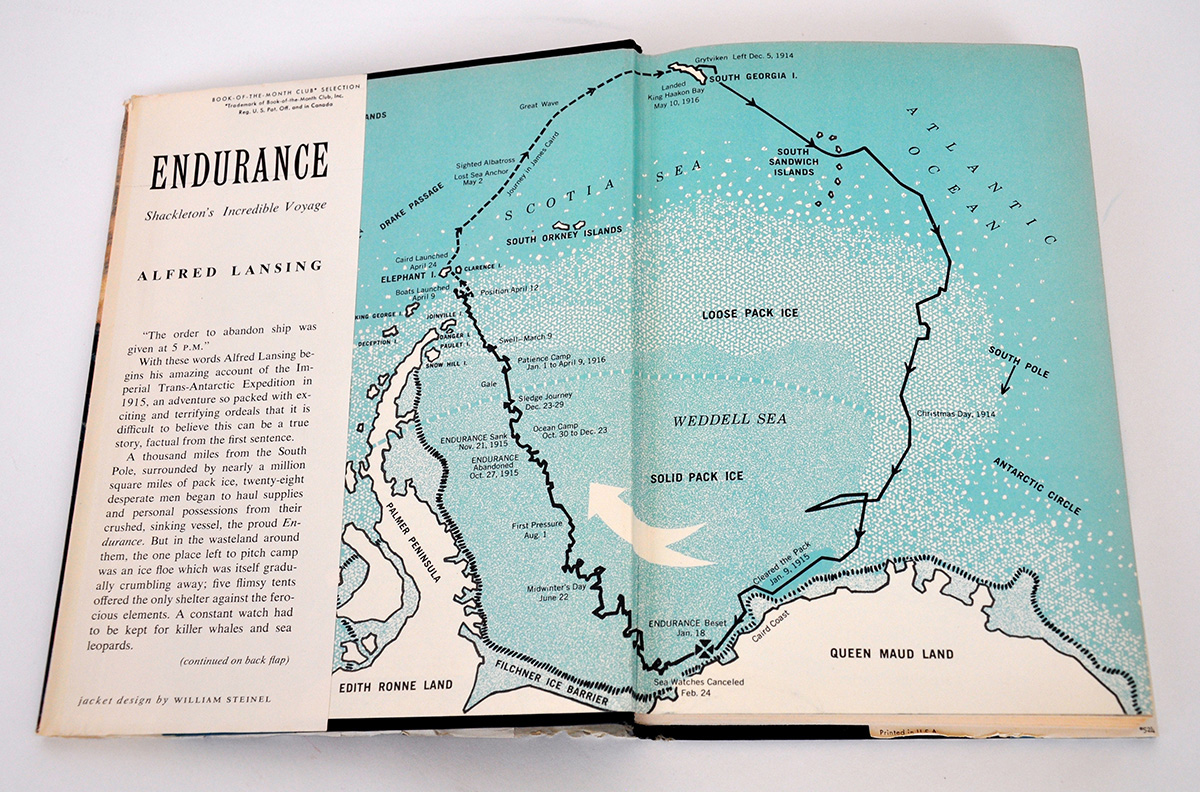So last week I was in Hawaii at the Aquatic Sciences Meeting where I participated in two Arctic workshops, attended two Arctic town hall meetings and numerous sessions on topics ranging from barium (that is, the “Ba” in Breaking Bad) in the Arctic Ocean to dissolved organic matter in the Sea of Japan. In this post, I’ll give you a summary of my productive week in Hawaii, now that I’m back home in Miami.
 |
| Photo taken by me, from here. |
The early-career
workshop
On Sunday, February 26 — the day after I landed in
Hawaii — I attended an early-career Arctic GEOTRACES networking event/workshop,
which was probably the highlight of my week. When I walked into the room where
the workshop was held, I immediately felt at home since so many people there
were from the U.S. program, who I spent months living with aboard the Healy
in 2015. The workshop began with introductions
from the Canadian, German and U.S. programs, and was followed by the
workshop participants giving one-minute presentations on their work since 2015;
I learned about all of the different projects, which was super cool! For my
minute, I presented pH measurements from the marginal ice zone (MIZ), pointing out an eddy that I identified while at sea, which
I mentioned in my previous post. I also presented
the same material at the MIZ workshop later that week.
 |
| U.S. section is in red (US), Canadian sections are in pink/light blue (CA) and German section is in Black (D). From ARCUS, here. |
Once we finished our brief intros, we broke out
into small groups to discuss various things, such as trace metal and carbon
cycling, anthropogenic inputs and circulation. To my surprise, one of the
groups focused their discussion on the eddy that I mentioned, which resolved some
of the unexplained variations in the seawater chemistry. Some of the
discussions from the workshop ended up being factored into the session talks later in the week, and I actually got a shout-out from Laura for identifying
the eddy, since it explained some variations in the distributions of barium that she measured. There
were multiple rounds of breakout group discussions, and I had a great time
talking about the CO2 system and
relaying discussion points back to Ryan. Once the discussions concluded, we made
some future plans and ended the workshop by taking a group photo.
Proud & impressed to be part of group DOMINATED by women feat in @geotraces news! #womeninscience #ASLO2017 #ASLOMtg https://t.co/1beWrpEDUR pic.twitter.com/FWsEPF3u8E— Andrew Margolin (@arcitc_andy) March 1, 2017
The sessions
So there were a number of sessions that I
attended, including two that focused on (Ant)Arctic regions. I attended a
session on Polar and high latitude research as well as the session on Trace elements and isotopes in the Arctic Ocean,
which included talks from the international GEOTRACES Arctic program, co-organized
by the chief and co-chief scientists of the U.S. GEOTRACES Arctic Expedition. I also
attended sessions on The biogeochemistry of dissolved organic matter
and Organic matter cycling across aquatic gradients, the latter of which I
presented my 15-minute talk in on Wednesday.
The town halls
The first town hall that I went to was on the National Science Foundation (NSF) Arctic Sciences Section, during which I learned
about some of the details of submitting proposals to obtain science funded, as
well as logistical details, etc. It was pretty informative, and the knowledge
that I gained will likely be useful as I move forward with my career.
Currently, I am supported (tuition, stipend and some research expenses) by the
NSF, and the U.S. GEOTRACES program is as well.
Out
of curiosity, I also attended a town hall meeting on the MOSAiC International Arctic Drift Expedition, to
learn about the field program that will be conducted from Oct 2019-Oct 2020, as
well as any possible opportunities for me in the future. The idea of that program
is for the Polarstern
to drift with Arctic sea ice across the North Pole for a full year, with
scientists taking measurements the entire time (in two-month shifts). The
program reminds me of the Antarctic
story of Shackleton and the Endurance,
which is perhaps my favorite story of all time.
In other news
So I
update Arctic News whenever I see a relevant/credible
news article or video that aren’t tooo sciencey/hard to understand, but I don’t include the Ant
to keep it simple. Anyway, here are a few Antarctic
stories that have recently stood out to me:
February
16, 2017
March
1, 2017
Antarctic ice has set an unexpected record, and scientists are struggling to figure out why (Washington Post)
March
8, 2017
After reaching a new all-time record low (satellite era), the #Antarctic sea ice freeze season is certainly off to a slow start... pic.twitter.com/0aKMNrw2YJ— Zack Labe (@ZLabe) March 8, 2017
Ask
me questions! Also, send me feedback because I have no idea how many people
actually read these posts! J
—AA

